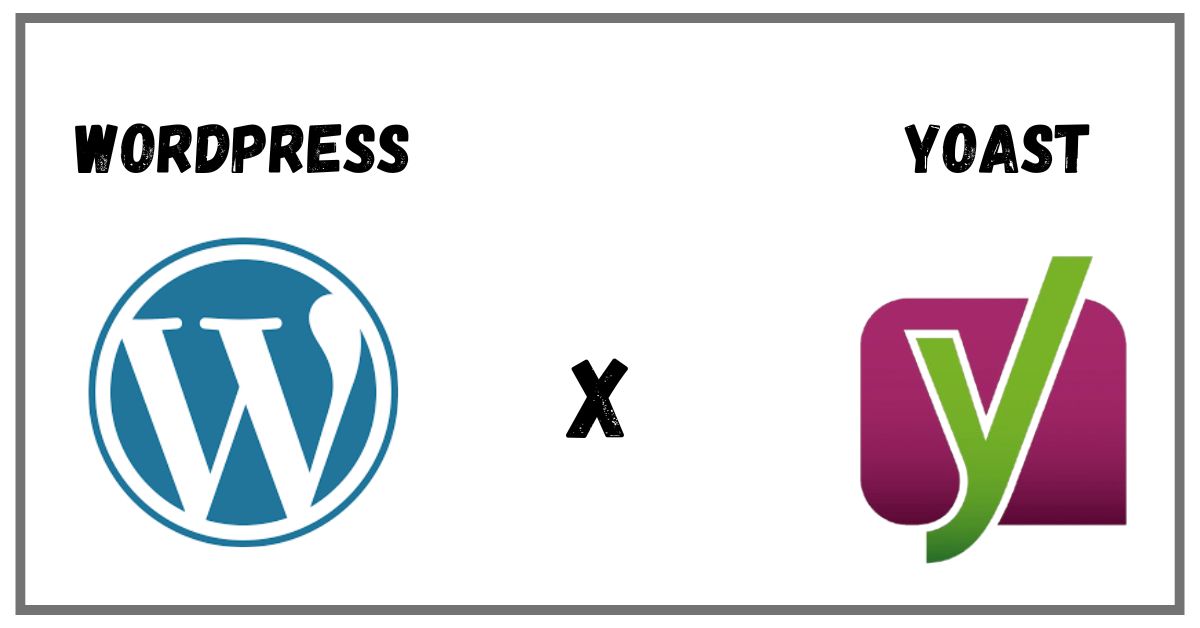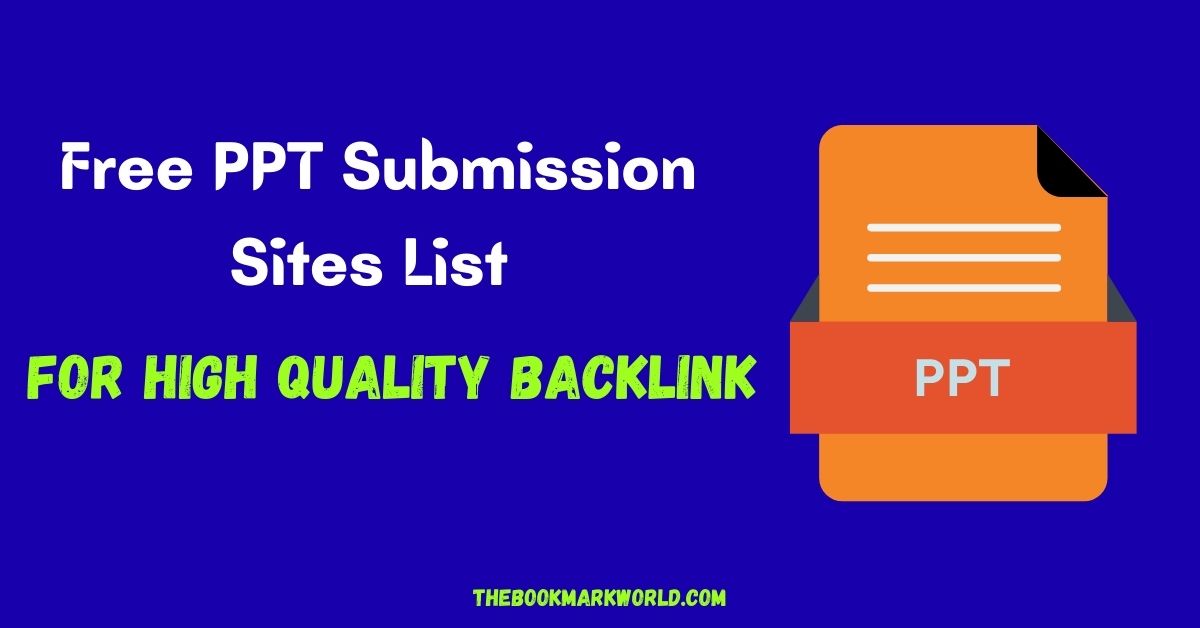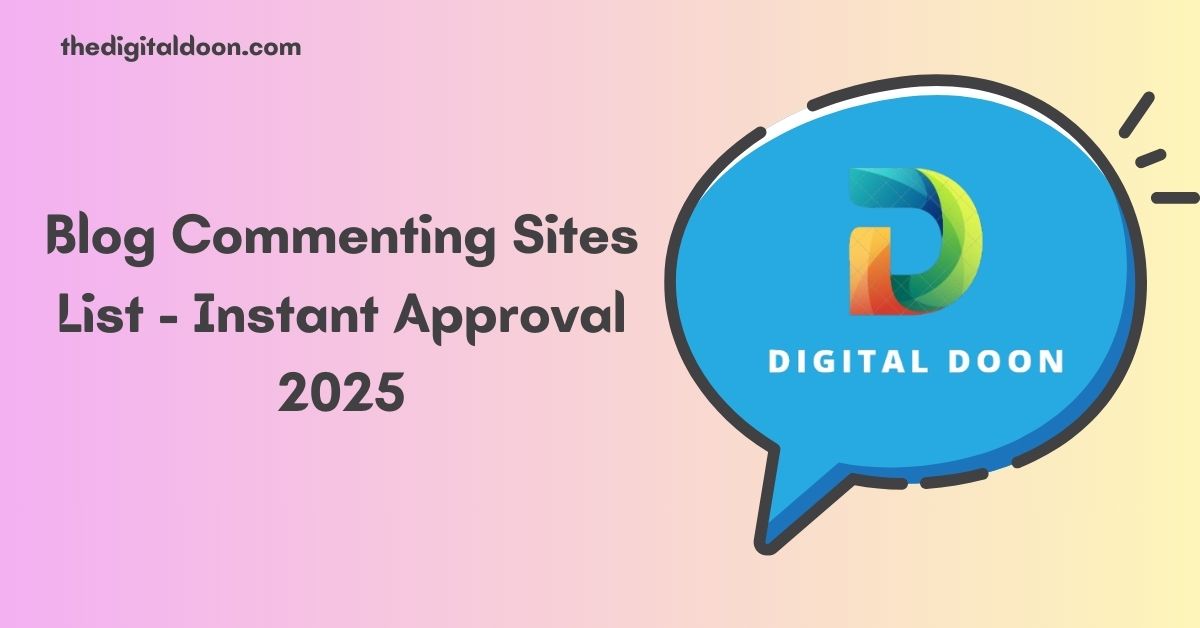When you build a website on WordPress, the first goal is to attract visitors. But how can people find your site? The answer is SEO – Search Engine Optimization. SEO means improving your website so that search engines like Google understand it and show it higher in search results. This article is a beginner-friendly guide on WordPress SEO. We’ll focus on using the Yoast SEO plugin because it is the easiest and most popular tool for beginners.
What Is WordPress SEO?
WordPress SEO is the process of making your WordPress website more search engine-friendly. It covers everything from writing good content, adding keywords, optimizing images, creating meta descriptions, to making your site faster. Without SEO, even the best-looking website may not get much traffic. With the right steps, your blog posts and pages can rank on Google and bring visitors every day.
Why Use the Yoast SEO Plugin
There are many plugins and tools for SEO, but Yoast SEO stands out because it’s simple, powerful, and free to start. It’s like having an SEO teacher inside your WordPress dashboard. It checks your posts in real-time and gives suggestions. Whether you search for “Yoast SEO guidelines for beginners” or “Yoast SEO tutorial”, this is the plugin most people recommend.
Key benefits of Yoast SEO:
It shows you how well your post is optimized using red, orange, and green indicators.
It gives a readability score so you know if your text is easy to read.
It creates an XML sitemap automatically.
It lets you edit meta titles and descriptions without coding.
It helps with breadcrumbs and internal linking.

Step-by-Step Guide to Using Yoast SEO
Here is a simple guide to start using Yoast SEO on your WordPress site:
Go to “Plugins” in your WordPress dashboard and click “Add New”.
Type “Yoast SEO” in the search box and install it.
Click “Activate”.
Run the configuration wizard. This is like a Yoast SEO configuration tutorial built into the plugin.
Add your site name, choose if it’s a company or personal website, and link your social profiles.
Decide which parts of your site you want search engines to see (indexing).
When writing a post, scroll to the Yoast SEO box to add your focus keyword, meta title, and meta description.
Yoast SEO Best Practices
Once Yoast is installed, follow these practices to get the most from it:
Always set a focus keyword for each post or page.
Keep your meta description short (150–160 characters) and include your keyword.
Use internal links to connect related posts.
Write naturally; don’t stuff keywords.
Check the readability score and try to get green lights.
Yoast SEO Checklist Table
| Task | Action | Yoast Feature |
|---|---|---|
| Install Plugin | Go to Plugins > Add New > Search "Yoast SEO" | Installation Wizard |
| Add Focus Keyword | Scroll to Yoast box in editor and type keyword | SEO Analysis |
| Improve Readability | Follow Yoast’s readability suggestions | Readability Score |
| Set Meta Descriptions | Write 150-160 character description | Meta Box |
| Submit Sitemap | Use Yoast-generated XML sitemap | Search Console Integration |
How to Use Yoast SEO for Each Post
When you create or edit a blog post, Yoast SEO appears at the bottom of the editor. Here is how you use it:
Enter your main keyword in the “Focus Keyphrase” box.
Edit the SEO title and meta description. Yoast will tell you if they’re too long or too short.
Add internal links to other posts on your site.
Use external links to authoritative websites when needed.
Look at the color-coded bullets. Green means good, orange means okay, red means poor. Aim for green.
Extra Tips for WordPress SEO Optimization
Yoast SEO handles many basics, but there are other things you can do:
Choose a lightweight theme. Fast sites rank better.
Use a caching plugin like W3 Total Cache to improve speed.
Compress images with a plugin such as Smush.
Use HTTPS (SSL certificate) for better security and ranking.
Keep your permalinks short and clean (for example: /wordpress-seo-guide/ instead of /?p=123).
Common Mistakes Beginners Make
Many beginners make the same mistakes when trying to optimize their site:
Overstuffing keywords. This makes your content hard to read and can hurt rankings.
Ignoring meta descriptions. Search engines may then show random text from your page.
Forgetting internal linking. Linking to your own posts helps search engines crawl your site.
Using copied or duplicate content. Always write original text.
Final Tips to Improve Your WordPress SEO
Here are some closing tips to remember:
Update your WordPress version and plugins regularly.
Use a mobile-friendly theme because Google ranks mobile-friendly sites higher.
Focus on user experience. Make sure your site is easy to navigate.
Track your SEO results in Google Search Console.
Be patient. SEO takes time to show results.
Conclusion
SEO may seem complicated at first, but WordPress and the Yoast SEO plugin make it easier than you think. By following this simple guide, you’ll understand how to improve SEO on WordPress, configure Yoast SEO properly, and use best practices to grow your website traffic. Start with the basics, follow the checklists, and your site’s rankings will improve over time.



